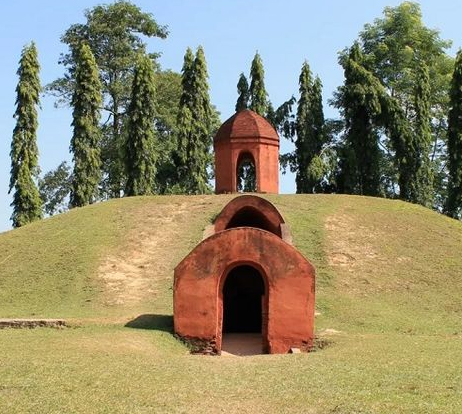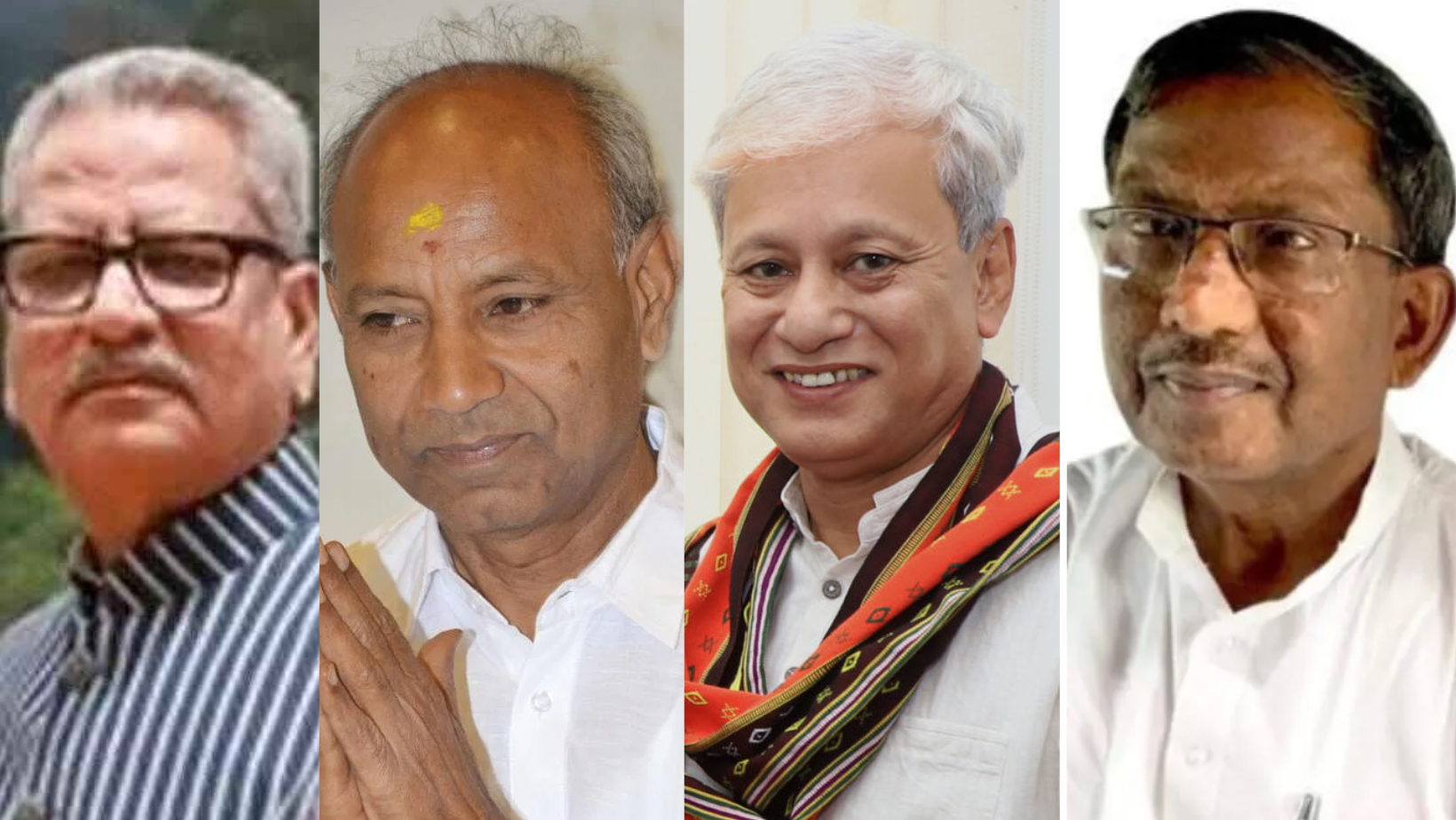This makes them the first cultural property from Northeast India to receive this prestigious recognition from the United Nations agency
 KRC TIMES Assam Bureau
KRC TIMES Assam Bureau

GUWAHATI : The historic Moidams of Assam of the Ahom Dynasty were declared India’s 43rd World Heritage Site on Friday during UNESCO’s 46th World Heritage Committee session in New Delhi.
The Assam Moidams were nominated as India’s candidate for the UNESCO World Heritage List for 2023-24.
This makes them the first cultural property from Northeast India to receive this prestigious recognition from the United Nations agency that works to promote educational, scientific and cultural development.
Earlier, Prime Minister Narendra Modi highlighted the unique cultural significance of the Moidams, burial mounds of the Ahom Dynasty, and how their nomination would attract greater global interest.
The International Council on Monuments and Sites (ICOMOS) has endorsed the nomination, further boosting the site’s prominence on the world stage.
“The recognition of the Moidams will not only bring international attention to Assam’s rich cultural heritage but also foster greater appreciation and preservation of these historic sites,” Modi stated.
Historical Context : The Tai-Ahom people believed their kings were divine, leading to the establishment of a unique funerary tradition – the construction of Moidams, or vaulted mounds, for royal burials. This tradition spanned 600 years, marked by the use of various materials and architectural techniques evolving over time.
Initially using wood and later stone and burnt bricks, the construction of Moidams was a meticulous process detailed in the Changrung Phukan, a canonical text of the Ahoms. Rituals accompanying royal cremations were conducted with great grandeur, reflecting the hierarchical structure of the Tai-Ahom society.
Excavation shows that each vaulted chamber has a centrally raised platform where the body was laid. Several objects used by the deceased during his life, like royal insignia, objects made in wood or ivory or iron, gold pendants, ceramic ware, weapons, and clothes to the extent of human beings (only from the Luk-kha-khun clan), were buried with their king.
Architectural Features : Moidams are characterised by vaulted chambers, often double-storied, accessed through arched passages. The chambers housed centrally raised platforms where the deceased were laid to rest along with their royal insignia, weapons and personal belongings.
The construction of these mounds involved layers of bricks, earth and vegetation, transforming the landscape into undulating hillocks reminiscent of celestial mountains.
Cultural Significance : The continuity of the Moidam tradition at Charaideo underscores its outstanding universal value under the UNESCO criteria.
This funerary landscape not only reflects Tai-Ahom beliefs about life, death and the afterlife but also serves as a testament to their cultural identity amidst shifts towards Buddhism and Hinduism among the population.
The concentration of Moidams at Charaideo distinguishes it as the largest and most significant cluster, preserving the grand royal burial practices unique to the Tai-Ahoms.
Conservation Efforts : Despite challenges such as vandalism by treasure seekers in the early 20th century, concerted efforts by the Archaeological Survey of India (ASI) and the Assam State Department of Archaeology have restored and preserved the integrity of Charaideo.
Protected under national and state laws, the site continues to be managed to safeguard its structural and cultural authenticity.
Comparisons with Similar Properties : The Moidams of Charaideo can be compared to royal tombs in ancient China and the pyramids of Egyptian pharaohs, illustrating universal themes of honouring and preserving royal lineage through monumental architecture.
Within the broader Tai-Ahom cultural region spanning parts of Southeast Asia and Northeast India, Charaideo stands out for its scale, concentration and spiritual significance.
Charaideo at the foothills of the Patkai range remains a profound symbol of the Tai-Ahom heritage, encapsulating their beliefs, rituals and architectural prowess.
As a landscape shaped by centuries of royal burials, it continues to inspire awe and reverence, offering insights into the cultural evolution and spiritual worldview of the Tai-Ahoms.
Preserved through careful conservation efforts, Charaideo stands as a testament to the enduring legacy of the Tai-Ahom civilization in Assam’s Brahmaputra River Valley.
In conclusion, the Moidams of Charaideo not only embody architectural and cultural significance but also serve as a poignant reminder of the Tai-Ahom people’s deep spiritual connection to their land and their departed kings.






